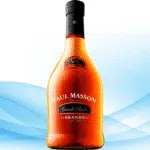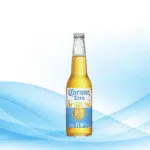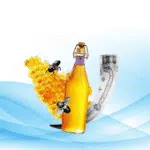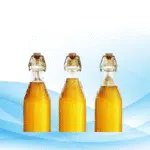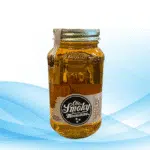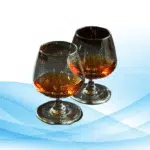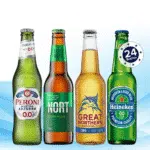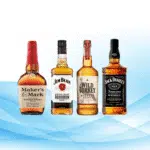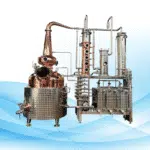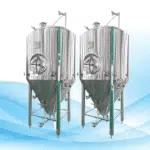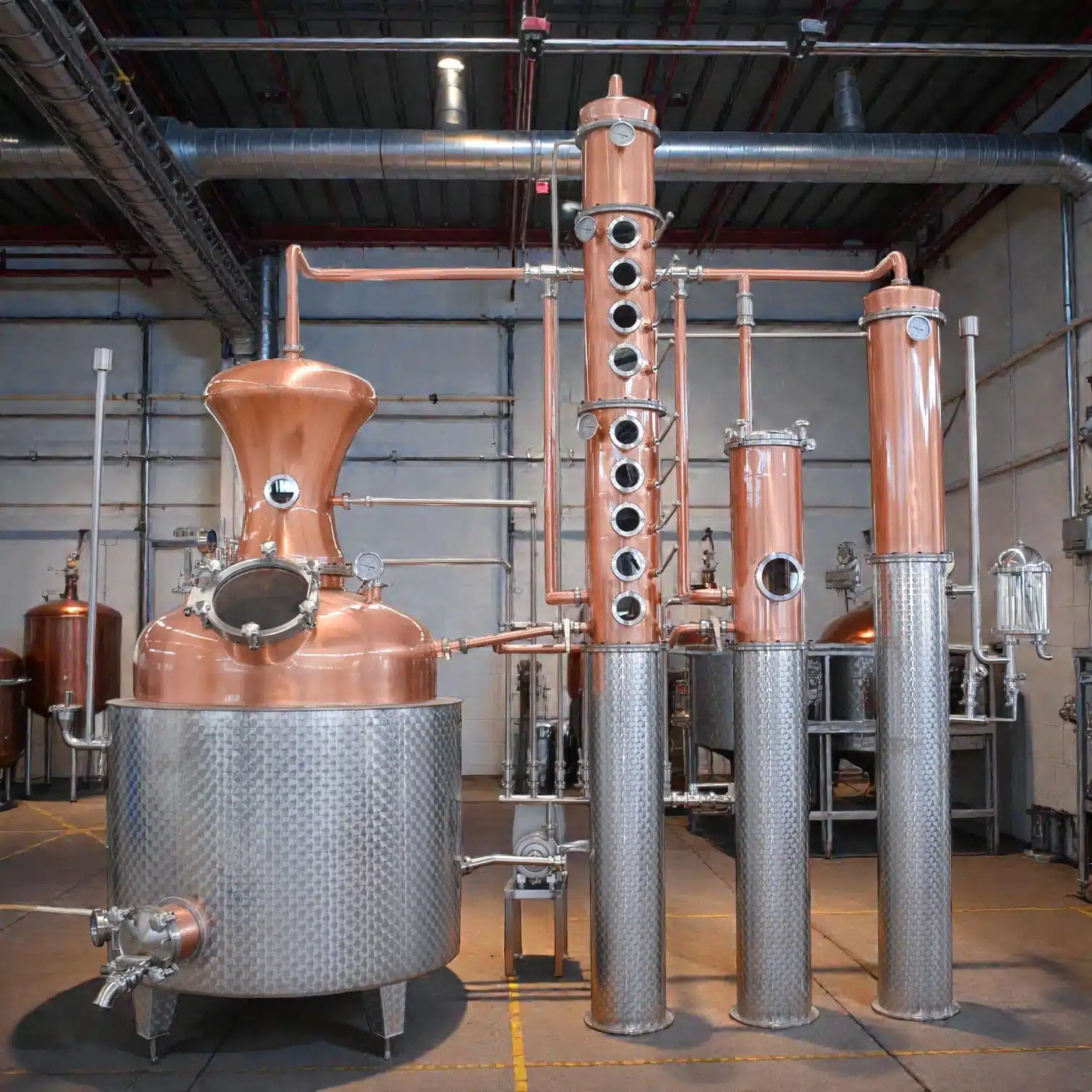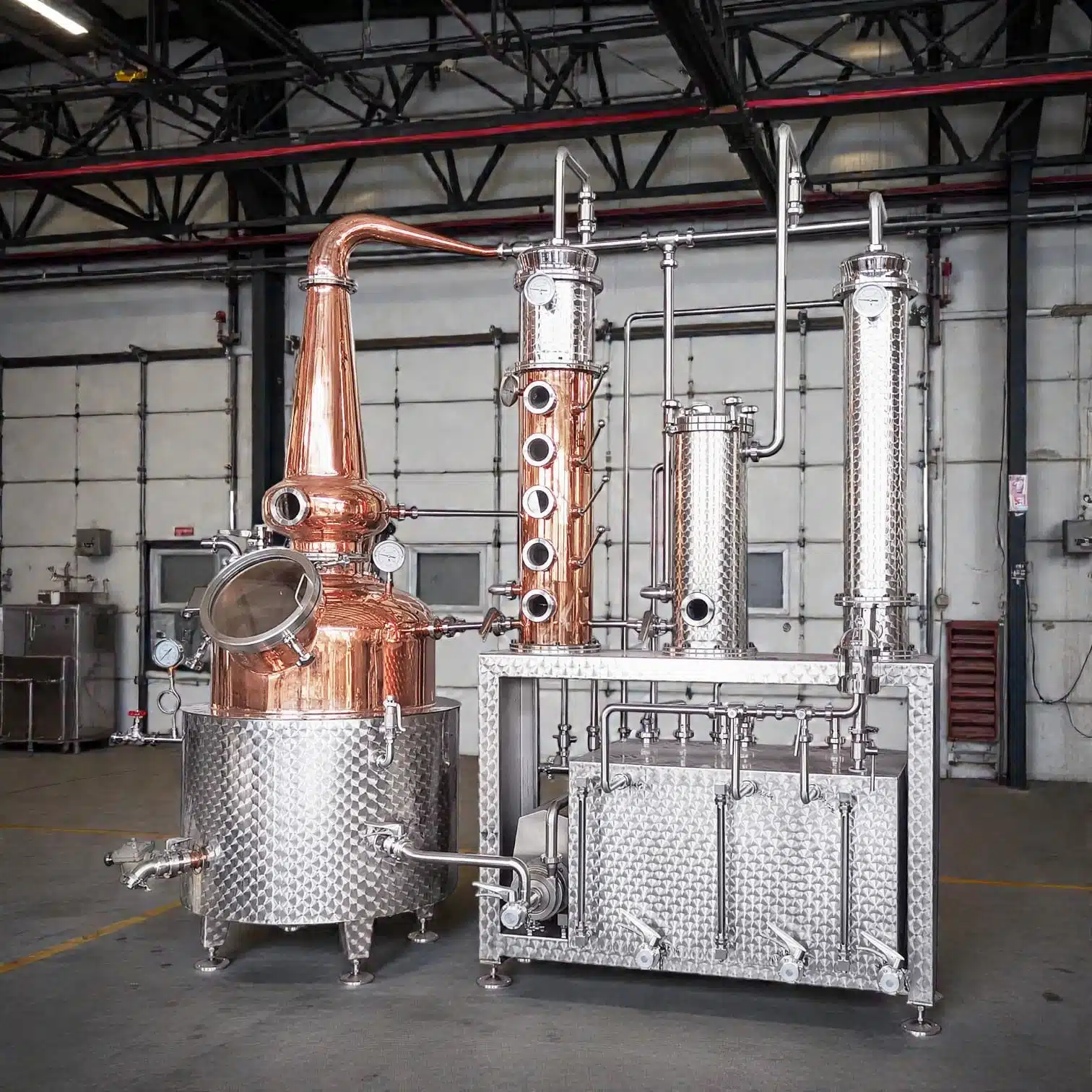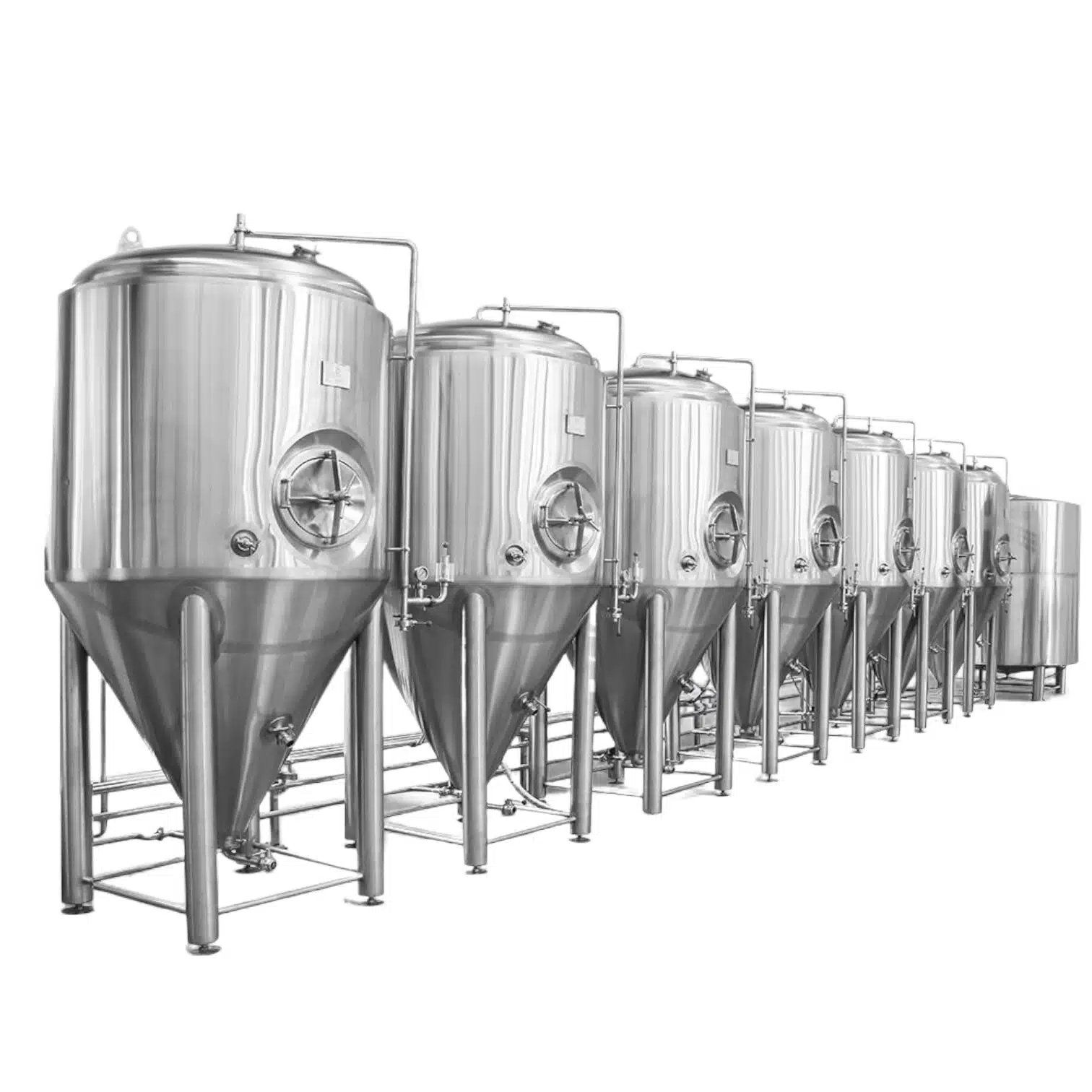Non-alcoholic beer has really caught on with folks who like the taste of beer but want to steer clear of alcohol altogether. You’ll find it in the hands of people watching their health, keeping a promise to stay sober, or simply choosing not to drink for personal reasons. So, how do breweries whip up a batch that tastes like beer yet packs almost no buzz?
The secret lies in a few clever tricks used during the brewing process. Instead of letting regular fermentation run its course, brewers either stop the yeast early or strip out the alcohol afterward, all while working hard to keep that familiar flavor in each bottle. In this piece, we’ll dive into the cool science and handy tech that makes non-alcoholic beer possible.
What Is Non-Alcoholic Beer?
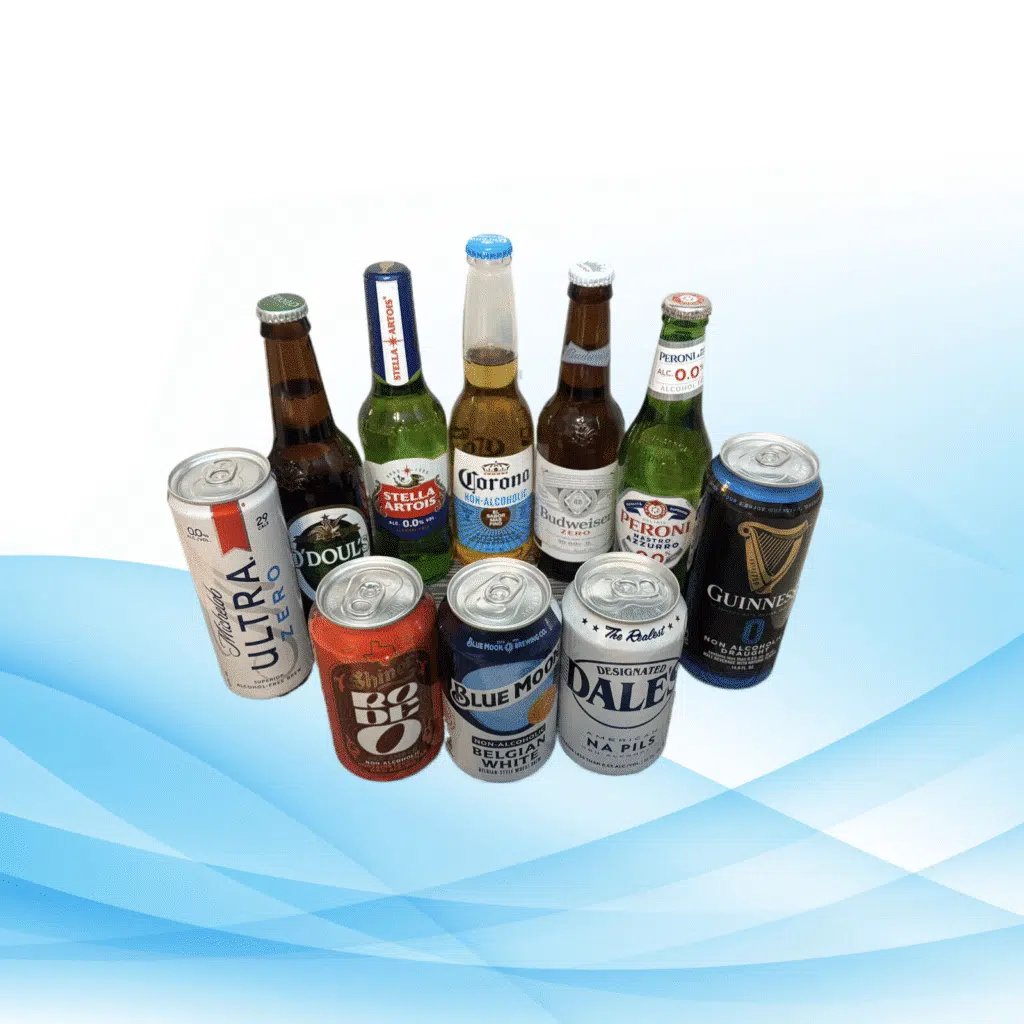
Non-alcoholic beer is beer that has almost no alcohol, usually less than 0.5% ABV, a level most people barely notice. Many choose it to cut calories, stay sober while still enjoying a cold one, or just to crave a familiar taste at dinner or a game. Because of that low number, non-alcoholic beer feels lighter on the head but still full of aroma and mouthfeel.
Brewing it is a lot like turning out a regular lager or ale, with one big twist: getting rid of the alcohol. Different methods—water, heat, or even special membranes—take the edge off before, during, or after fermentation, and each technique leaves its own fingerprint on aroma and bite. Learning these steps helps explain why every brand tastes a bit different and why non-alcoholic beer is not one-size-fits-all.
How Is Non-Alcoholic Beer Made?
The Traditional Brewing Process
Brewing beer the regular way starts by fermenting malted barley, water, hops, and yeast. Here’s a simple look at the steps:
- Mashing: Malted barley soaks in hot water, turning its starches into sugars.
- Boiling: The sweet liquid is boiled, and hops are tossed in for bitterness and aroma.
- Fermentation: When yeast is stirred in, it eats the sugars and makes alcohol and bubbles.
- Conditioning: The young beer sits for a while, letting flavors come together.
In non-alcoholic brewing, the whole aim is to stop or strip away that alcohol.
Removing Alcohol: Different Techniques
Breweries use several ways to pull booze out of beer while trying to keep the taste and aroma as close to the original as possible. Below are the most popular methods seen across the world.
Methods for Producing Non-Alcoholic Beer
Dealcoholization: A Deep Dive
Dealcoholization happens after fermentation, leaving most other flavors untouched. Common options include vacuum distillation and reverse osmosis, but vacuum distillation is still the favorite of many brewers.
Vacuum Distillation
In vacuum distillation, brewers heat the beer while pulling a hard vacuum on the vessel. By dropping the pressure, the boiling point of alcohol lowers—about twenty degrees C in some cases—so the drink starts to bubble at a much cooler temp. Because the heat never climbs high enough to scald delicate hops or esters, most of the original aroma and flavor stick around. That makes the finished low-cal product taste far closer to the pilot batch.
Reverse Osmosis
With reverse osmosis, beer is pushed through a fine membrane that acts like a sieve for small molecules. Alcohol and water sneak through the tiny pores, leaving behind most sugars, bitterness, and aroma. Once the parts are separated, the slim concentrate can be blended back with fresh water and, if needed, a sprinkle of hops to match the original balance.
Every brewery weighs the pros and cons of each technique—flavor impact, energy needs, and speed—then picks the one that fits the style. What works for a citrus Session IPA might not suit a rich oatmeal stout, so experimentation remains key.
Why Do People Drink Non-Alcoholic Beer?
Folks flip open a bottle of non-alcoholic beer for all kinds of reasons. Many simply want the familiar malt-and-hops taste without feeling tipsy or suffering hangover headaches. Here are some of the most talked-about motives:
- Health Goals: Some people cut booze to boost their health or because a doctor made the suggestion. N.A. beer usually has fewer calories and lighter carbs than the regular stuff, so it fits smoothly into those plans.
- Designated Drivers: If someone is driving later in the evening, they might grab a non-alcoholic brew ski. That way, they still get to join in on the toast without risking anyone’s safety or their own license.
- Religious or Personal Beliefs: For many faiths, drinking is a no-go. N.A. beer lets those folks sit at the table without compromising their values.
- Pregnancy: Soon-to-be moms often miss cold ones during the summer, so some reach for non-alcoholic varieties. It feels festive and avoids even tiny sips of alcohol.
The Taste of Non-Alcoholic Beer
Newbies to non-alcoholic beer worry most about the flavor: Will it taste like dishwater or real beer? Thanks to old-school brewing know-how mixed with high-tech alcohol removal, many N.A. beers taste so similar to their alcoholic twins that most drinkers can’t spot the difference.
Even though people often expect non-alcoholic beer to taste just like the full-strength versions, it usually feels a bit of lighter in body. To tackle this, some breweries toss in extra hops or malt, hoping the added ingredients keep every sip pleasant and bold. The final taste also rides on how the alcohol is taken out. For instance, beers stripped by reverse osmosis often keep more of their rich, layered flavor. On the other hand, those made with vacuum distillation end up with a cleaner, crisper profile.
Common Misconceptions About Non-Alcoholic Beer
- Non-Alcoholic Beer Has Zero Alcohol: Many folks assume that anything labeled “non-alcoholic” has absolutely no booze. In reality, these brews sit at under 0.5% ABV, which means a tiny splash of alcohol remains. That little bit usually pops up during fermentation and is too low to do anything other than hang out quietly in the background.
- Non-Alcoholic Beer Tastes Bad: Thanks to better brewing tech and smarter ways to remove the alcohol, loads of non-alcoholic options now taste almost exactly like their full-strength cousins. Sure, you might notice a slight difference here and there, but whether that difference matters really comes down to personal choice.
- Non-Alcoholic Beer Is Only for People Who Never Touch Alcohol: Yes, folks who stay away from booze love non-alcoholic beer, but so do plenty of others who just want a lighter, easy-going drink or plain want the taste of beer without the buzz or morning-after headache.
Frequently Asked Questions
Q1: Can non-alcoholic beer still get you drunk?
Nope, since most non-alcoholic beers have no more than 0.5% ABV, you would really have to down a mountain of cans before feeling tipsy.
Q2: How long does it take to make non-alcoholic beer?
Making a batch takes only a few weeks, about the same time as regular beer, though the step that removes the alcohol adds a little extra time.
Q3: Is non-alcoholic beer healthier than regular beer?
Because it usually has fewer calories and skips the risks tied to drinking, non-alcoholic beer can be a healthier choice for anyone wanting to enjoy the flavor without the effects of alcohol.
Q4: Is non-alcoholic beer gluten-free?
Most non-alcoholic bruise still uses barley or wheat, so they contain gluten, but you can find gluten-free options on store shelves for people who need them.
Q5: Can you use non-alcoholic beer when cooking or baking?
Sure! Non-alcoholic beer works in the kitchen just like regular beer. It brings a nice taste to stews and shines in batter for fried snacks.

